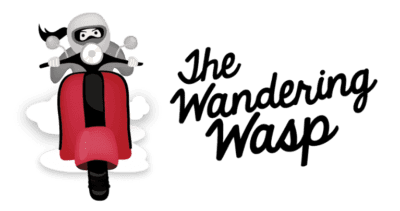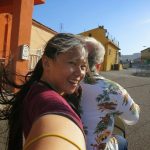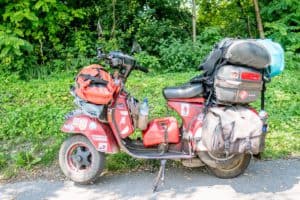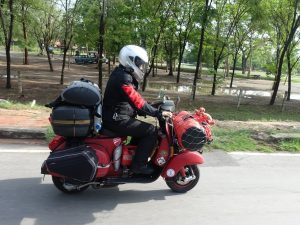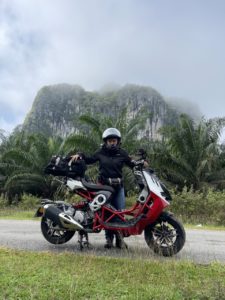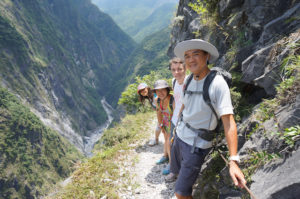Six weeks after my first jaunt on the Vespa, my Vespa khakis invited me for another ride to Malacca over the New Year’s Day weekend. This time round, I wasn’t the sole little lamb, there were 10 others.
| 11 Vespas gathered at JB Shell station. |
| My mechanic’s scooter. These uncles have a quirky sense of humour. |
Once we arrived in Malacca, we were greeted by another fellow Vespa rider. He brought us to a restaurant to have late lunch and after to a motorcycle show.
| Norton? The motorcycle Che Guevara rode in The Motorcycle Diaries. |
| Old model of Goldwing with a cosy sidecar. |
We explored Malacca Town in the evening. It was food, food and more food, followed by a hour search for missing riders. As the man hunt had exhausted our energy, we ditched the idea of heading for a drink to celebrate the New Year and returned to the hotel instead.
| A beautiful chandelier at a restaurant along Jonker Street |
| A glimpse of the fireworks that marked the New Year as we headed back to the hotel. |
The next day, we settled for lunch in Seremban, the mid-way point between Malacca and KL. It is a simple town, a far-cry from the fancy facade of touristy towns. We ate at Pasar Besar Seremban, a simple building with wet market and food stalls.
| This number plate stands for (for those who understand Hokkien) F**king Fast Gao (9) Lak (6) Hor Yi (1) Si (4) |
| At Port Dickson |
A few kids took drink orders from us and served the drinks gingerly. A lady decked out in short and slippers was guiding them in their jobs. Child labour? We struck up a conversation with her. She actually works for a law firm and frequently brings her children to visit their grandparents who own the drink stall.
“It is like our family gathering on weekends, ” she said. “But they come here to help instead.”
Humility taught from a young age. Don’t belittle those drinks that Ah Gong and Ah Ma served. Every drinks sold was probably what raised her family and provided her with an education.
That evening, after a day of riding under the blazing sun, we rewarded ourselves to a Peranakan dinner at Nancy’s Kitchen. And there, Wei Jie, Cherie and Boon joined us and they chatted with the uncles about long distance riding. Bantering of the moto-siao, lao jiao and newbie jiao. They incessantly talked about ‘poisons’ and passed handphones around with photos of motorcycles.
Just before we set off for Singapore the next day, we savoured some authentic chendol in this cosy shop along Jonker Street. Behind the bar were myriad of Coca Cola cans and bottles from over the years and different countries. Our ride organiser Weng told us that his wife and him took their wedding photos in Baba Nyonya wedding costume outside this shop. Then I learnt that his wife is a Nyonya.
| How can an uncle miss out on all the good buys? |
The building and structures in Malacca evince bits and pieces of different cultures and of the past European colonisers. In the 15th century, Admiral Zheng He, through his voyages, maintained close relation between Malaya and China. It was believed that Emperor bestowed one of the princesses to marry the Sultan there. Accompanying the princess were other nobles who eventually settled down in Malaya and married the local.
The assimilation of Chinese and Malay gave rise to the unique community called the Peranakan. Over generations, different aspects of both culture were lost and preserved. I recalled my friend and I were talking to a security guard in Chinese. He could not string out a complete sentence in Chinese and I asked why as a Chinese, your Chinese is so poor. He told me that he is Peranakan, at home, he speaks Malay or Hokkien. I later also realised that many of my other Peranakan friends hardly speak Chinese. Although the native language has somewhat faded, they still preserve the traditions of celebrating Chinese festival.
Besides the Peranakan that we know of, there is a also community of mixed Indian and Malay, with influences from Dutch and Portuguese, called the Chitty.
I now understand why Malacca has been conferred the UNESCO World Heritage Site status. The allure of this town stems from being an ethnic melting pot as a result of harmonious assimilation of its locals, immigrants and coloniser. A few months after this ride, I actually rode to Malacca AGAIN and discovered more about this intriguing town. I will write about that in another post.
